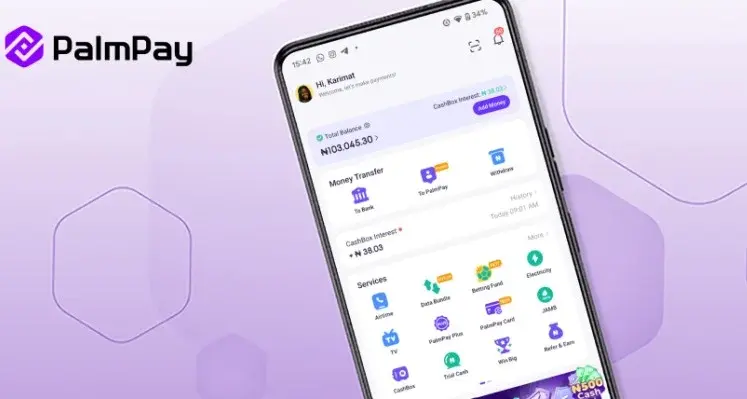How 3G connectivity enables the mobile generationHow 3G connectivity enables the mobile generation
The evolution of computing has revolutionised the way we work, enabling people to become more mobile with laptops, PDAs, smartphones and tablet PCs, and allowing them to work 'anywhere, anytime'. But without the simultaneous evolution of various connectivity options, the truly mobile worker would not exist.
While WiFi hotspots offer some connectivity for those on the move, they are limited to certain areas such as airports and coffee shops. It is the emergence of 3G that has enabled connectivity of these devices to the Internet and has driven the truly mobile generation.
Even as recently as five years ago, 3G was not widely adopted, and while mobile workers made use of laptops and other devices to process information when out of the office, emails had to wait till their return when they could connect to their company's Internet.
Dial-up
ADSL and dial up -- the traditional forms of connectivity - limit mobile workers to the local area where they are installed, thus true mobility was not achieved. However as 3G has become more readily available on a wide range of innovative devices, people are far less deskbound and with the addition of Cloud Computing Virtual Private Networks (VPNs), can access office networks from literally any location.
The challenge originally experienced with 3G as a connectivity option was its limited use to one devise only. However, this has changed. Over the last couple of years, we have seen the emergence of devices that enable shared 3G connections over the network. These technologies include ADSL modems integrated with USB ports for connecting 3G modems, providing mainly failover in the event of an ADSL fault occurring. These modems are large, bulky and not portable.
Evolution
Fortunately routers have evolved a great deal over the years and now different connectivity technologies have converged into small, highly portable, multi-function devices that have furthered the growth of mobile computing.
The latest iterations of these devices do not even require AC power but instead, run on battery packs and can deliver 3G wireless Internet connectivity without being plugged into a computer; a complete turnaround from the traditional 3G modem.
They can run in a small office environment or be used remotely, providing the true mobile worker with just one device that can deliver all of the required functionality.
When considering the future of 3G connectivity, smaller, more portable devices that can create personal WiFi hotspots will become more commonplace. Networks will also improve as demand increases, delivering faster speeds, better data bundles and more reliability. Improving stability of the networks will be a big drive for network operators over the next year, as will the introduction of more devices that use 3G technology.
One thing is clear, mobile computing is here to stay and all devices and means of connecting to the Internet will continue to evolve. As they say, the only constant is change.
By Ross Griffiths, Product Manager at Nology





















